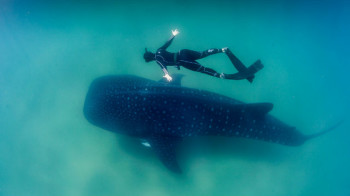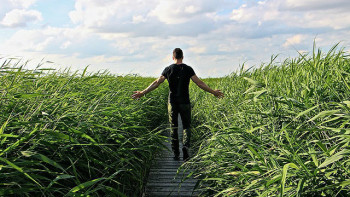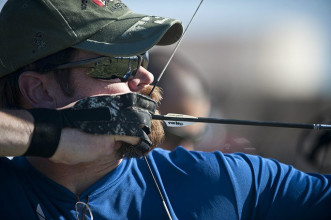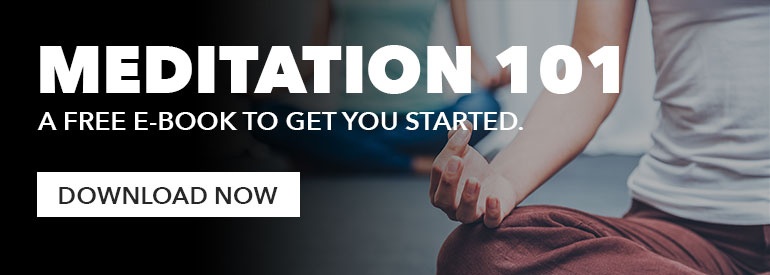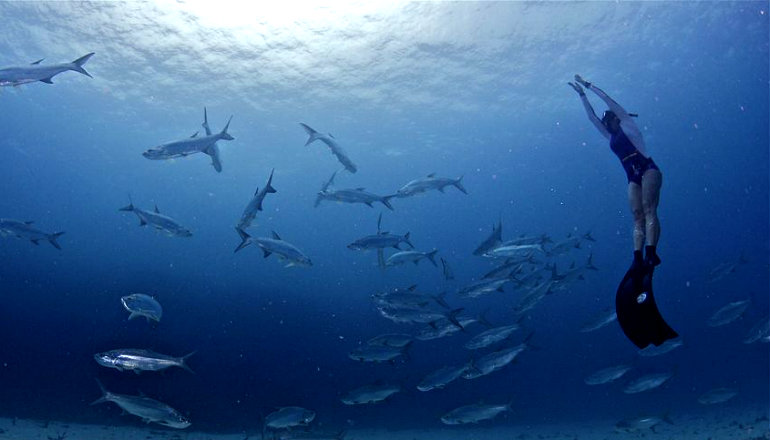 Reading Time: 7 minutes
Reading Time: 7 minutesI have always hated yoga. Don’t get me wrong, I appreciate that it could help me with nagging hip pain and do wonders for my general state of mind. But I have found every single second I have spent practicing it to be excruciating.
My body aches and complains of discomfort, but worst of all is my mind. To refer to my mind during yoga as a “monkey” would be an understatement. It is more of a hyperactive lemur, leaping from tree to tree only pausing on occasion to fling poo at my contorted figure. Clearly yoga would be good for me, if I could only embrace it.
Every time I confessed this to yoga-loving friends, they reassured me the problem wasn’t me, it was the specific type of yoga I’d tried. If only I’d give their class, their style, a try, I’d fall in love.
So, off I went on a long string of classes. I tried Hatha, I sweated it out in Bikram, I even accompanied a pregnant friend to a pre-natal class. My final effort came while I was working in India. There on the gentle shores of the Indian Ocean, I found an octogenarian instructor who seemed to radiate wisdom. I was sure this would be the moment the doors opened and all the goodness of this ancient art would flood over me.
Wrong again. After ninety minutes of sitting in the lotus position breathing in through one nostril and out the other my conversion remained elusive.
Until I stumbled onto something unexpected that provided me with the mindfulness and calm that I’d always imagined I’d receive in yoga.
How I Discovered the Benefits of Mindfulness
I discovered the world of freediving during a holiday in Egypt. I was instantly smitten. Here was a sport that joined my love of the ocean with my drive to compete — and was even good for me when it came to my health and wellness.
To dismiss freediving as extreme snorkeling is to ignore the incredible physical and mental feats achieved by these athletes. At the competitive level, divers can reach depths of over 700 feet, hold their breath for over eleven minutes, and drop their heart rate to below 20bpm. The key to achieving these feats lies in the same relaxation, breathing, and meditation techniques I’d struggled with in yoga.
Finally, I’d found the perfect “yoga” class. This experience with freediving led me to wonder what other sports or activities might secretly hold similar wellness benefits, and the further I looked the more I discovered. I found historic records of humans using meditative techniques while doing all sorts of activities and I discovered modern takes on these practices as well.
If you’re like me and yoga just doesn’t click for you or you’re simply looking for new adventures, here are five unexpected activities that can provide the benefits of mindfulness.
1. Freediving
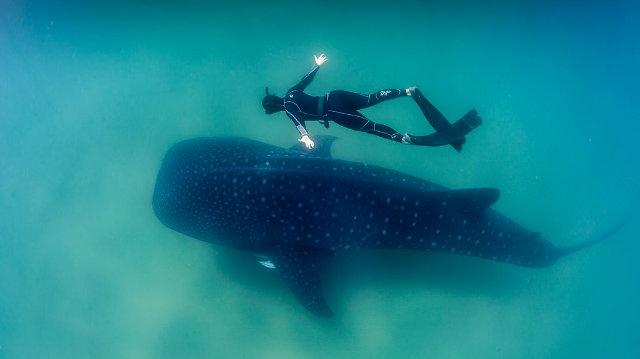
Mankind has been freediving since someone first noticed there was food at the bottom of the ocean. Sponge divers in the Mediterranean and shellfish collectors in Asia have traditions spanning generations. At its most basic, freediving is the practice of holding your breath while underwater. This can be performed while swimming, while diving for depth, or by floating.
Most of the basic concepts are intuitive and even subconscious. We instinctively understand we’ll hold our breath longer if we take a deep breath before submerging. The mammalian diving reflex slows our heart rate as soon as cool water hits our face.
Extending your dive time beyond these basics requires instruction and practice in minimizing oxygen consumption. One way to do so is by eliminating unnecessary movement by using the most efficient swimming strokes. Learning to relax the mind makes an even bigger impact. Relaxed divers are better able to slow their heart rate, move smoothly through the water, and remain safe. This is achieved through the measured repetition of a series of slow, controlled breaths and visualizations.
2. Walking
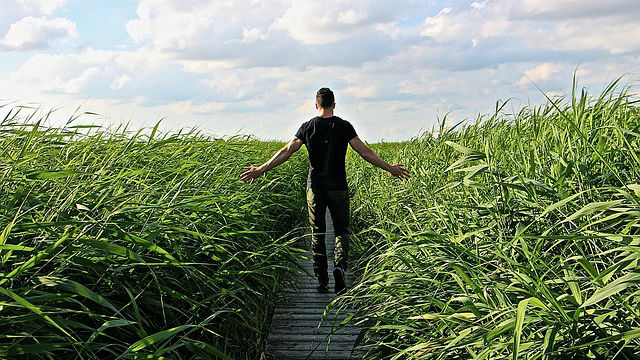
From Benedictine monasteries to Asian rainforests, you will find monks practicing mindfulness while moving. But you do not need to be a monk, or even spiritual, to take part in this ancient tradition. There are many types of walking meditation, but most share the use of slow, methodical movement with coordinated breathing and focused thought.
For some people, the prolonged sitting of traditional meditation may cause pain or discomfort. Even those without physical limitations may find that movement eases body awareness. Walking meditation can be learned and practiced through classes and books, or through an increasing number of apps such as Walking Meditations, which guides practitioners with gentle audio cues.
In a recent study of elderly patients with mild to moderate depressive symptoms, walking meditation was shown to be a better way to improve functional fitness and fight depression than just walking without meditation. Another study showed multiple positive effects in patients with type 2 diabetes who practiced walking meditation three times a week over twelve weeks.
3. Marksmanship
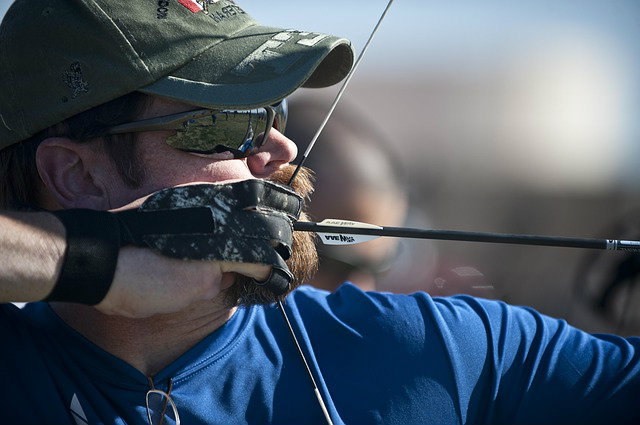
The intent of the Japanese martial art of Kyudo is to train the body for archery and to train the mind toward enrichment of character. If the idea of mixing weaponry and meditation sounds odd, consider that studies have shown that a pistol shooter’s heart rate plays a significant role in accuracy. In studies of elite shooters, meditation was shown to enhance shooting performance. Special Forces snipers are so adept at staying calm under pressure that elite athletes are adopting their techniques.
Like the activities above, meditative shooting involves body awareness, controlled breathing, and clearing the mind of distracting thoughts. The result is better accuracy through a more relaxed and stable stance as you squeeze the trigger — and perhaps a more “targeted” mind.
4. Cleaning

A seminal moment in the development of young karateka Daniel in The Karate Kid came through the “wax on, wax off” motions of cleaning a car. Modern Japanese organizational guru Marie Kondo calls her method “life-changing” and equates tidying with joy. Is it possible to find relaxation, even inner peace, in housework?
Plenty of meditation experts think so. The key is in focusing on the task at hand and paying attention to your breathing. (Notice a pattern yet?) By using mindful techniques while you scrub, wash, and declutter, you are focusing your attention on the present. With this, you release the judgement and negative thoughts that often go with tackling disorganization and uncleanliness. With enough practice, you may just end up decluttering more than your house.
5. Dancing

Dancing has been a part of shamanistic rituals in cultures from the Sufis of the Middle East to Muism shamans in Korea. For thousands of years the San Bushmen of Southern Africa used dance to enter a trance-like state to perform healing rituals. Today there is a growing “conscious rave” movement that focuses on substance-free dance-a-thons. BODY LVNGUAGE (formerly known as The Get Down) is a popular event based in New York which prohibits alcohol and phones, creating a gathering that feels both like a celebration and a transformation.
Organizers of one such event, Morning Gloryville, believe that through dance “vitality and wellness of heart, mind, body, and soul can raise one’s level of awareness of themselves, their community and the world we live in.” The key? Being present and releasing judgement of yourself and others.
What Will Your Mindfulness Practice Be?
At 65 feet below the surface, the lemur in my mind finally sat still. I could hear my measured heartbeat and nothing else. An oft-used expression among freedivers is that scuba divers dive to look around — freedivers dive to look within.
Not everyone needs to feel the weight of 65 feet of water to slow their bodies and minds, but it is refreshing to know that applying the techniques of body awareness and controlled breathing can turn some of your favorite activities into a meditative and mindful practice.

